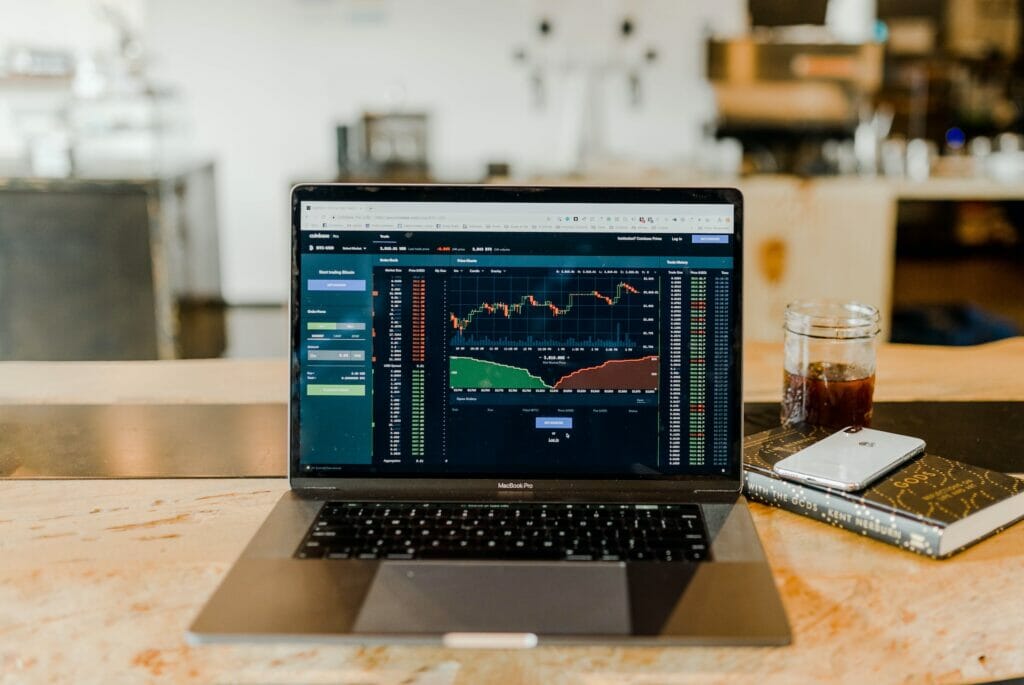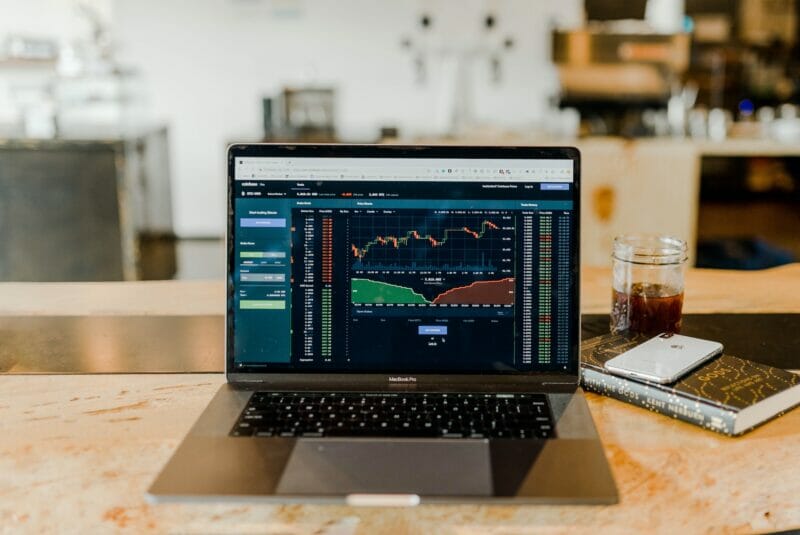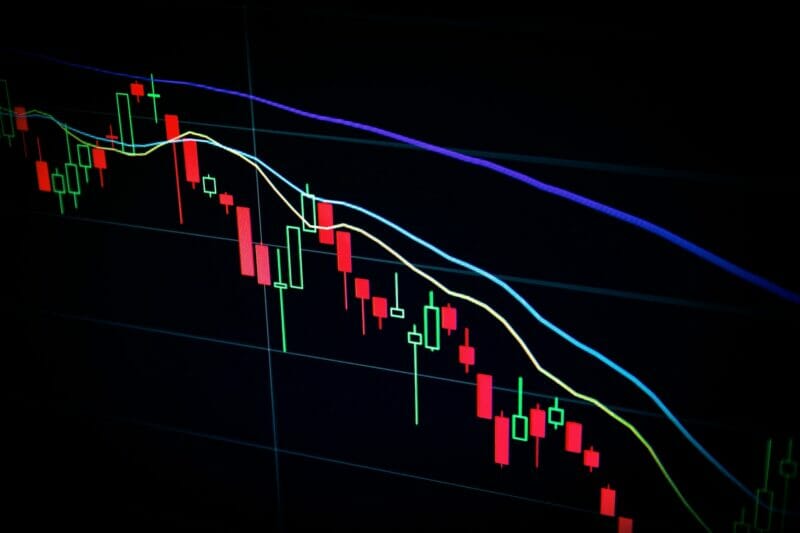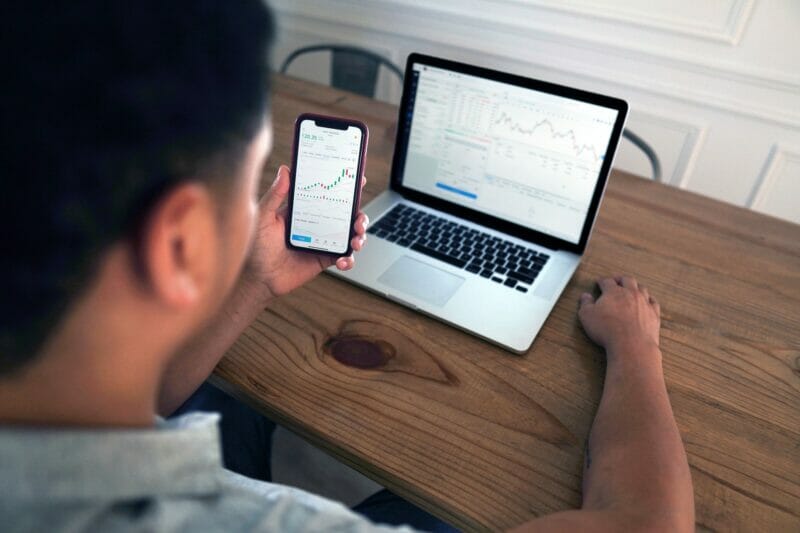Cryptocurrency is a digital or virtual currency that uses cryptography for security. A defining feature of a cryptocurrency, and arguably its biggest allure, is its organic nature; it is not issued by any central authority, rendering it theoretically immune to government interference or manipulation.
What is liquidity in cryptocurrency
In the world of cryptocurrency, liquidity is defined as how easily an asset can be bought or sold without affecting the overall market price. A liquid market is one where there are many buyers and sellers and trades happen quickly and at close to the fair market value.
An illiquid market is one where there are few buyers and sellers and it takes a long time to complete a trade.
Cryptocurrency is still a relatively new asset class and is therefore considered to be mostly illiquid. This means that it can be difficult to find buyers or sellers when you want to trade, and the prices can be more volatile since there is less activity in the market.
Liquidity is important because it affects how easily you can buy or sell an asset. In a liquid market, you can buy or sell an asset quickly and at a fair price. In an illiquid market, it may be difficult to find a buyer or seller, and the prices may be more volatile.
The different types of liquidity and how they affect traders
There are two types of liquidity: tight and loose.
- Tight liquidity means there is a small difference between the bid price (the highest price a buyer is willing to pay) and the ask price (the lowest price a seller is willing to accept). This type of market is good for buyers because they can get the asset at a lower price, and it is good for sellers because they can get the asset at a higher price.
- Loose liquidity means there is a large difference between the bid and ask prices. This type of market is good for buyers because they can get the asset at a lower price, but it is not as good for sellers because they will have to sell the asset at a lower price.
The liquidity of the market can also be affected by the trading volume. The trading volume is the number of shares or contracts that are traded in a day. A high trading volume means there is more activity in the market and it is easier to buy or sell an asset. A low trading volume means there is less activity in the market and it may be more difficult to buy or sell an asset.
How to increase liquidity in your trading portfolio
There are a few things you can do to increase the liquidity in your trading portfolio:
– Use a liquidity provider: A liquidity provider is a company that buys and sells cryptocurrency on behalf of clients. Liquidity providers can help to increase the liquidity of the market by providing their own buy and sell orders.
– Use a cryptocurrency exchange: Cryptocurrency exchanges are working to increase the liquidity of the market by creating more ways for buyers and sellers to trade.
– Use a trading platform: A trading platform is a website or software that allows you to buy and sell assets.
– Use a broker: A broker is a person or company that buys and sells assets on behalf of clients.
Which type of liquidity is better for you depends on your trading strategy. If you are looking to buy an asset and hold it for a long time, then tight liquidity is better because you can get the asset at a lower price. If you are looking to sell an asset quickly, then loose liquidity is better because you can get the asset at a higher price.
Related Tags
apple m1powered washingtonpost
central terminalleswingcnbc
kuo apple ar airtags miniled apple





More Stories
How to Build a Diverse Crypto Portfolio Beyond Bitcoin and Meme Coins
Why Do You Need Crypto Tax Software in the USA?
Bitcoin as an Inflation Protection Tool Against Euro Devaluation in 2025